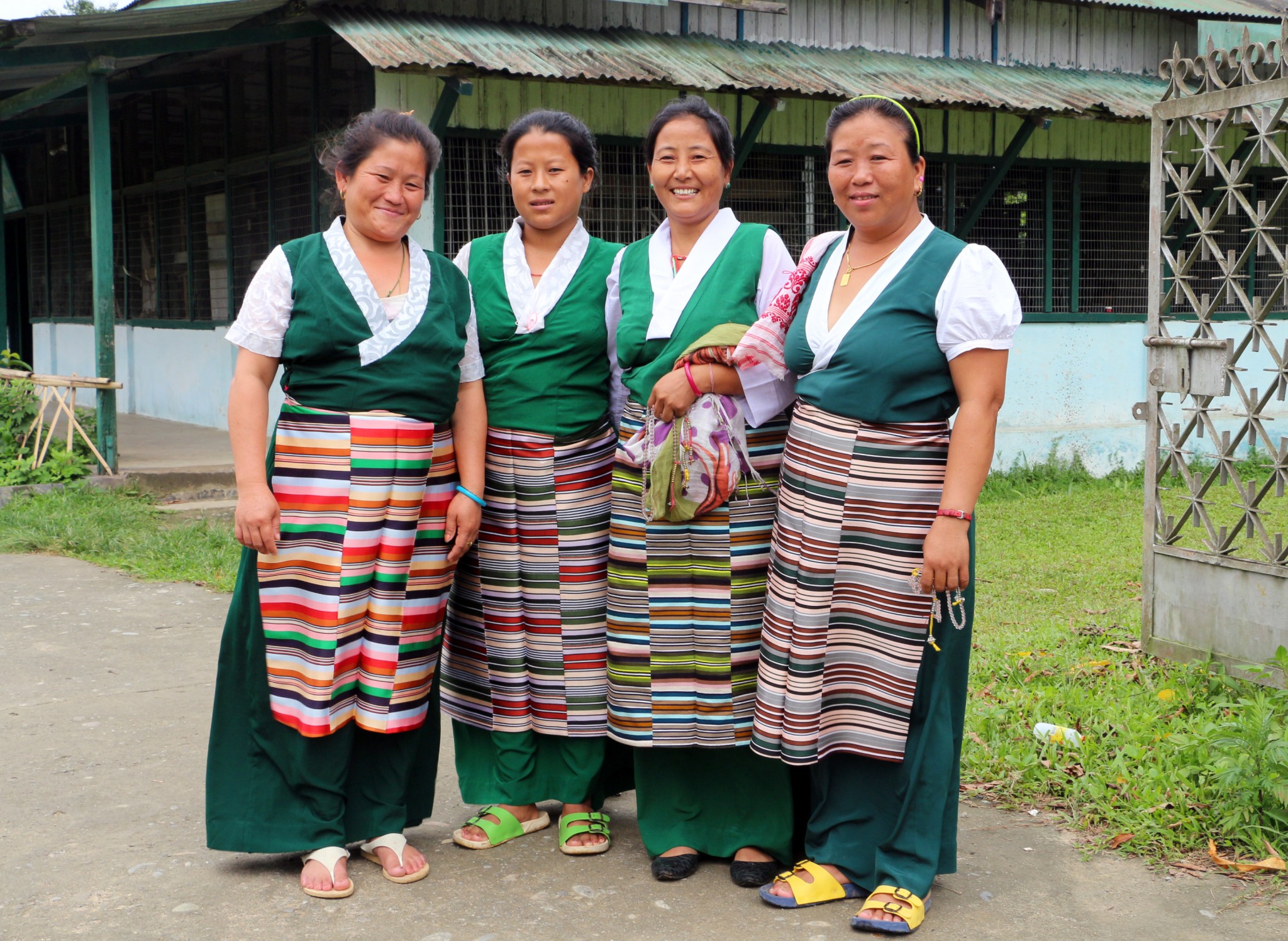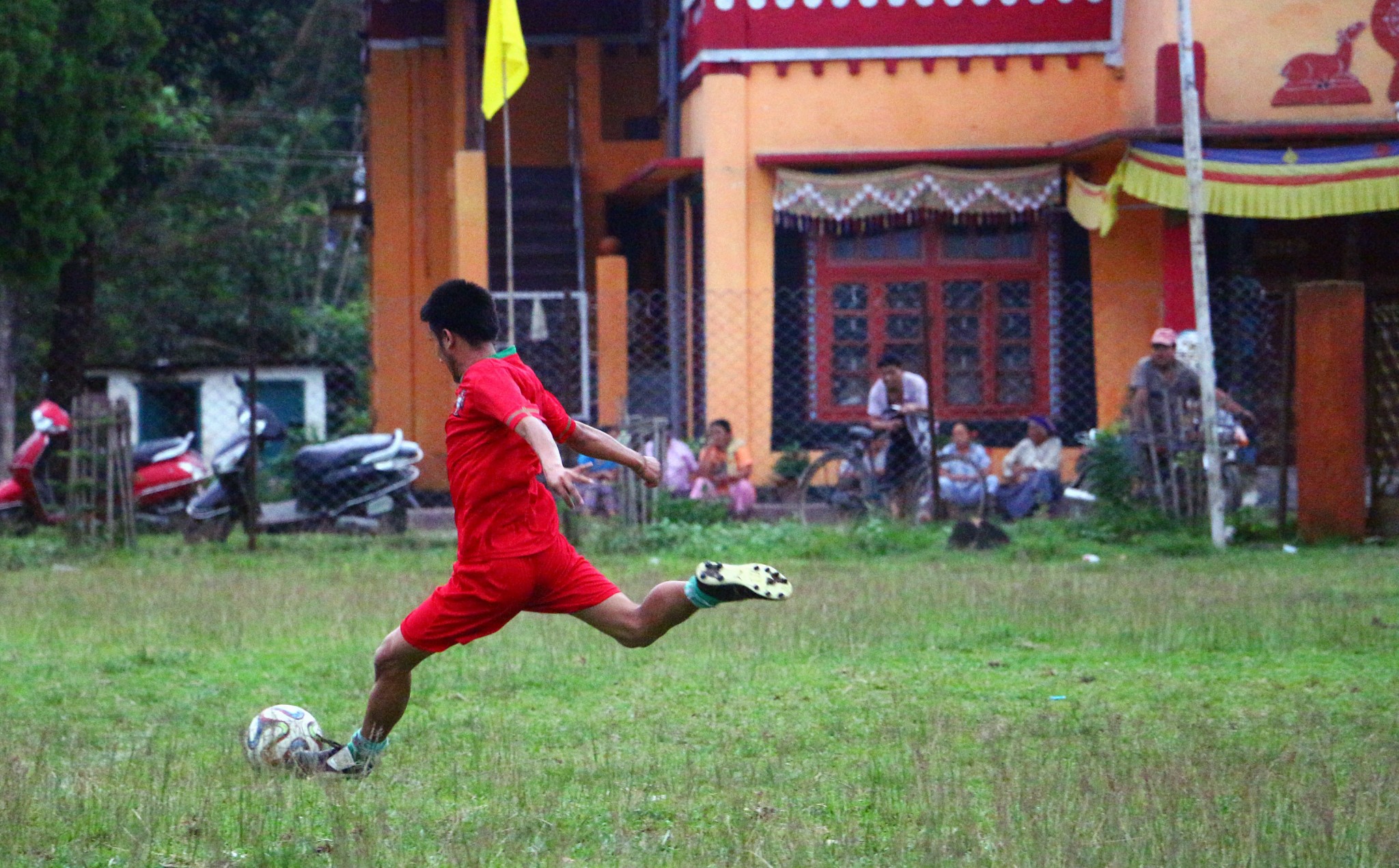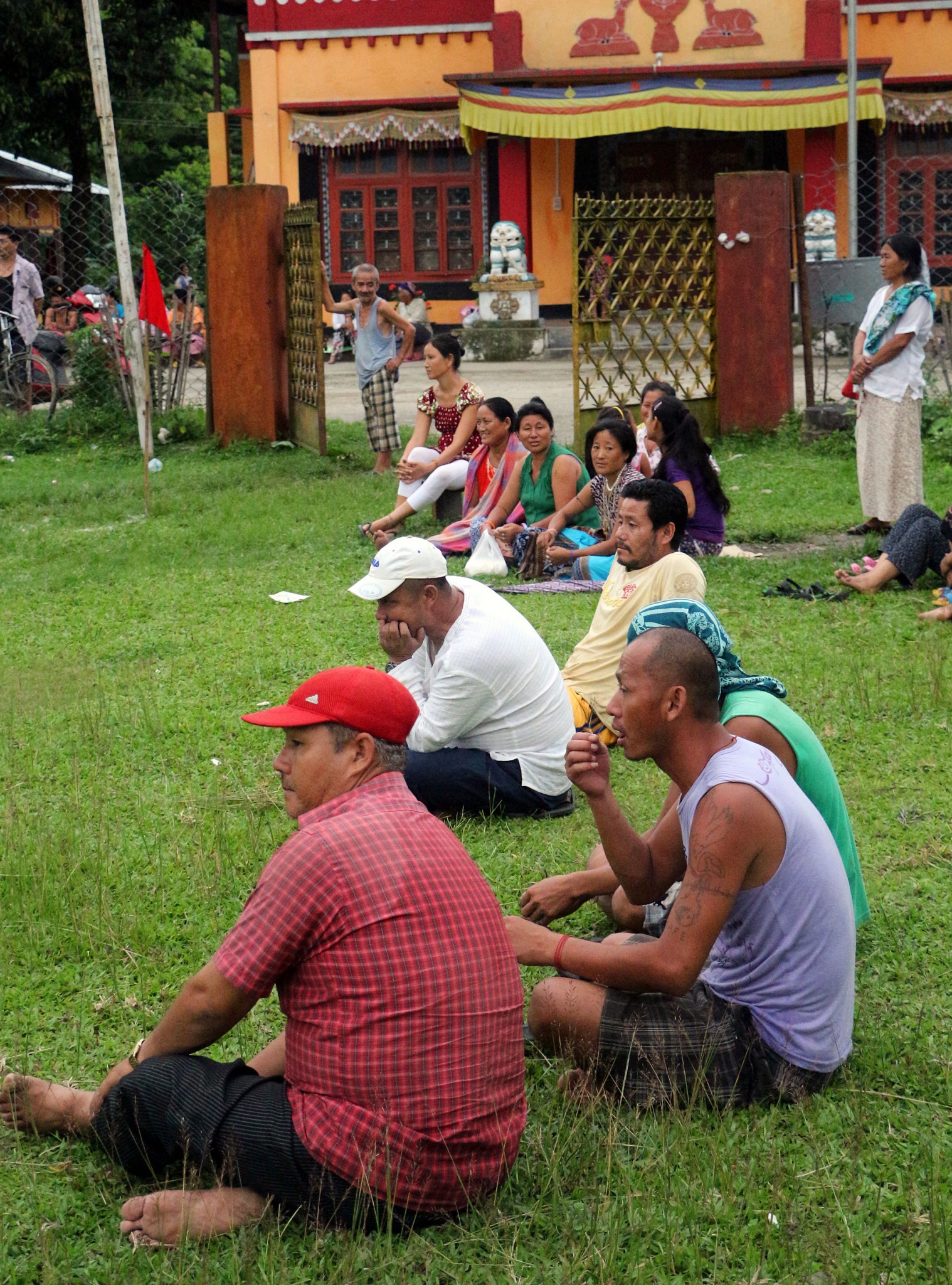The plan
To oversee the entire resettlement process, including the Ottawa portion, a Tibetan human rights activist and engineer in Calgary, Nima Dorjee, helped establish Project Tibet Society. For two years, Dorjee and volunteers with Project Tibet Society designed a plan to bring all 1,000 people over with limited funding. As president of the new organization, Dorjee would manage the relationship among the Canadian and Indian governments, the Tibetan government-in-exile in India, and the six resettlement organizations across Canada. Coordinating with so many levels of administration to bring the Tibetans over to Canada resulted in a slow, complicated, process.
It wasn’t until 2012 that the Tibetan government-in-exile ran the lottery in Miao and Dolma’s name was chosen. Almost two years had passed, and in February 2014 she finally heard that she was in the second batch to leave sometime within the year. She left Delhi and returned to the settlement. In Miao, Dolma and other lottery winners filled out a resumé-like form to show Project Tibet Society in Canada their qualifications. They were then divided into five batches, each with different departure dates. Project Tibet Society considered the first batch to be the most qualified for work, and the fifth batch was believed to be the most challenging to integrate.
Dolma’s experience included her brief stint at a hair salon in Delhi, her year at college, a high school education, and some English skills. She qualified for batch two.
The first group of Tibetans came to Canada in 2013. They went to Calgary, Victoria, Vancouver, and the Sunshine Coast; the people from Miao went to either Toronto or Ottawa. Miao is divided into five camps, those from Camp Three went to Ottawa, and the rest moved to Toronto. Dolma was from Camp Two, and by June of 2014 some of her friends and former neighbours were already living in Toronto. Dolma was able to learn about her friends’ lives in Canada through social apps like Facebook and WeChat despite unreliable network service in the settlement.
“I heard that Canada is a good place, a beautiful place, and more cold as compared to India,” Dolma said laughing with a sort of disbelief when she mentioned the cold. In Miao, temperatures ranged between 20 and 35 degrees Celsius.
Many of the people in Miao said they wanted to go to Toronto rather than Ottawa. They’d heard that it was difficult to get a job in the capital city. The executive coordinator of the Tibetan Resettlement Project Ottawa, Cornelius von Baeyer, said the organization has less support than what is available in Toronto. He said before the project began Ottawa had a Tibetan community of only 15 or 20 people, while Toronto had about 8,000 many of whom came either through the government funded Tibet refugee program in 1971, or by claiming asylum after crossing the Canada-U.S. border.
One of the three resettlement coordinators in Toronto is from Miao, and he is also Dolma’s uncle. Palden Duga successfully claimed asylum in Canada in 2001 when he went to the U.S. as a tourist and came through the Canadian border to apply as a refugee. He now works as a nurse in Toronto but on his days off he helps newcomers knowing exactly where they came from. Other Tibetans in the city are helping out, and even the first groups of newcomers from Miao are starting to pitch in where they can.
“The Tibetan community is strong,” Duga said. “We’re basically depending on them.”
In Toronto, the Tibetan community is taking care of the resettlement. Duga said he took a personal responsibility to help those coming from Miao, the place where he grew up. He works 12-hour shifts at the hospital and on his two days off a week he helps organize the project and meets with the newcomers.
He said there isn’t much help from other Canadians with the integration process. Through his own networks in the Tibetan community he is trying to find jobs for the new arrivals, but he admits that his resources are running out.
“I want them to get more education. I want them to get better and stand up on their own feet,” Duga said of his hopes for the newcomers, but right now they are doing their best with what little they have.
NEXT PART
Credits
Story and visuals by SHANNON LOUGH
Carleton University 2015



